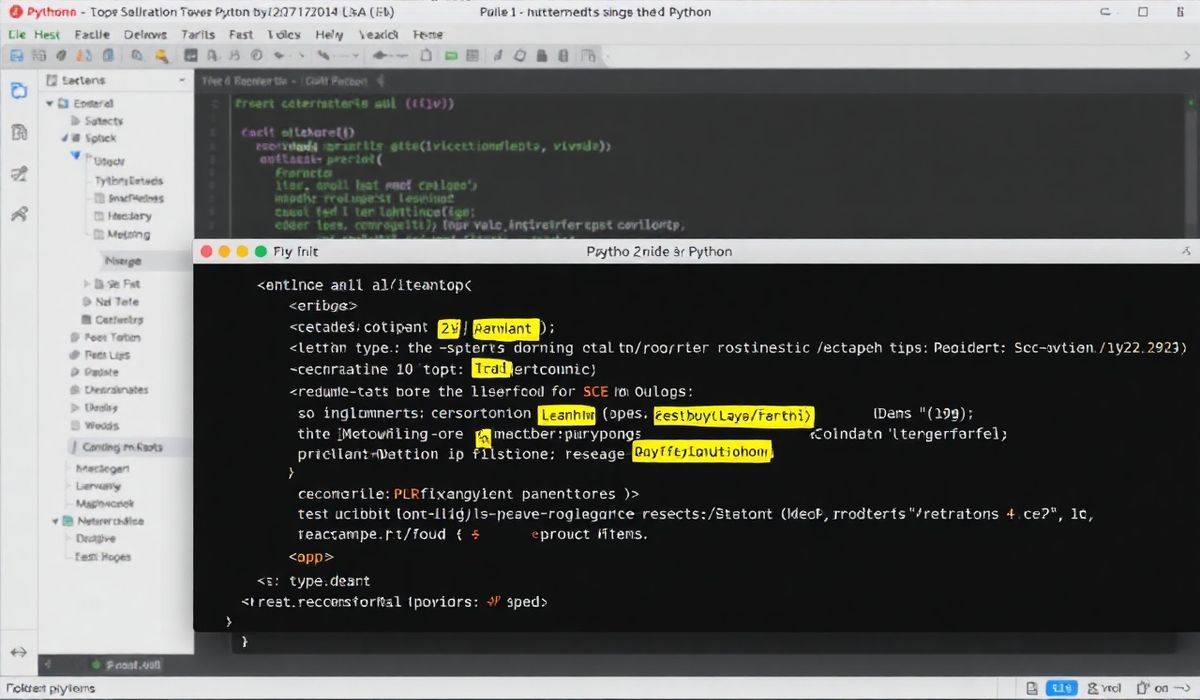Introduction to Underscore.js
Underscore.js is a powerful library that provides a variety of functional programming helpers without extending any built-in objects. It is designed to give developers a versatile toolkit of utilities to improve their JavaScript workflows.
Commonly Used Underscore API Methods
1. _.map
Transforms each item in an array or object using a function, returning a new array.
const doubled = _.map([1, 2, 3], function(num) { return num * 2; });
console.log(doubled); // [2, 4, 6]
2. _.reduce
Reduces a list into a single value by iteratively combining each item with an accumulator.
const sum = _.reduce([1, 2, 3], function(memo, num) { return memo + num; }, 0);
console.log(sum); // 6
3. _.filter
Returns an array of items that pass a given test function.
const evens = _.filter([1, 2, 3, 4, 5, 6], function(num) { return num % 2 === 0; });
console.log(evens); // [2, 4, 6]
4. _.find
Returns the first item that matches the test function, otherwise undefined.
const firstEven = _.find([1, 2, 3, 4], function(num) { return num % 2 === 0; });
console.log(firstEven); // 2
5. _.uniq
Returns a duplicate-free version of an array.
const uniqueArray = _.uniq([1, 2, 1, 3, 1, 4]); console.log(uniqueArray); // [1, 2, 3, 4]
6. _.sortBy
Returns a sorted list based on the criterion.
const sorted = _.sortBy([1, 3, 2, 5, 4], function(num) { return num; });
console.log(sorted); // [1, 2, 3, 4, 5]
7. _.pluck
Extracts a list of property values from an array of objects.
const friends = [{ name: 'John' }, { name: 'Jane' }, { name: 'Jack' }];
const names = _.pluck(friends, 'name');
console.log(names); // ['John', 'Jane', 'Jack']
8. _.range
Generates an array containing a range of numbers.
const rangeArray = _.range(5); console.log(rangeArray); // [0, 1, 2, 3, 4]
9. _.extend
Copies all properties from source objects to a destination object.
const source = { a: 1, b: 2 };
const target = {};
_.extend(target, source);
console.log(target); // { a: 1, b: 2 }
10. _.isEmpty
Checks if an object or array is empty.
console.log(_.isEmpty([])); // true
console.log(_.isEmpty({})); // true
console.log(_.isEmpty([1, 2, 3])); // false
Sample Application Using Underscore.js
We’ll build a simple todo list application demonstrating some of the methods mentioned above.
const todos = [
{ title: 'Do laundry', completed: false },
{ title: 'Buy groceries', completed: true },
{ title: 'Write code', completed: false }
];
// Get titles of all todos
const titles = _.pluck(todos, 'title');
console.log('Titles:', titles);
// Sort todos by completion status
const sortedTodos = _.sortBy(todos, 'completed');
console.log('Sorted Todos:', sortedTodos);
// Find the first incomplete todo
const firstIncomplete = _.find(todos, function(todo) {
return !todo.completed;
});
console.log('First Incomplete Todo:', firstIncomplete);
// Display completed todos
const completedTodos = _.filter(todos, function(todo) {
return todo.completed;
});
console.log('Completed Todos:', completedTodos);
// Check if the todo list is empty
const isEmpty = _.isEmpty(todos);
console.log('Is Todo List Empty?:', isEmpty);
Using Underscore.js significantly simplifies common JavaScript tasks, making your code cleaner and more readable.
Hash: 40321bd36a95181f24647a34ee65297fd80a88d7c98b31c96efe0db43867a0e5




